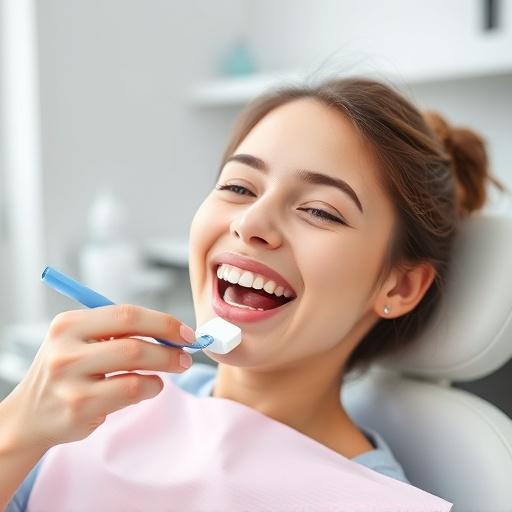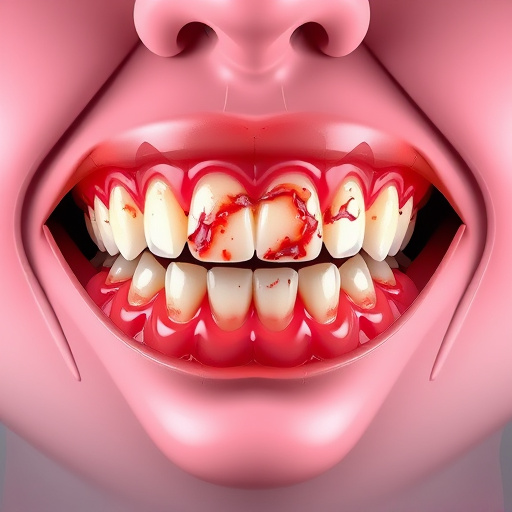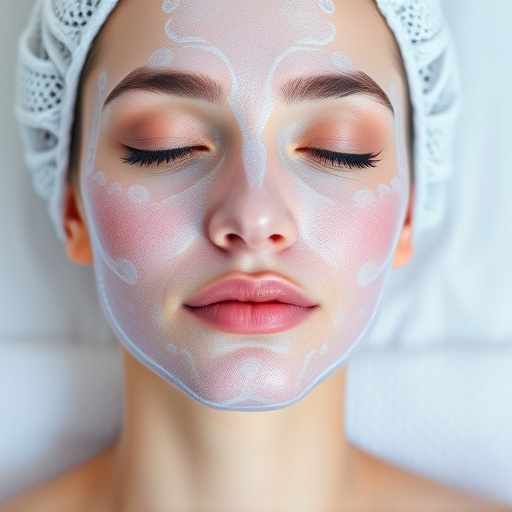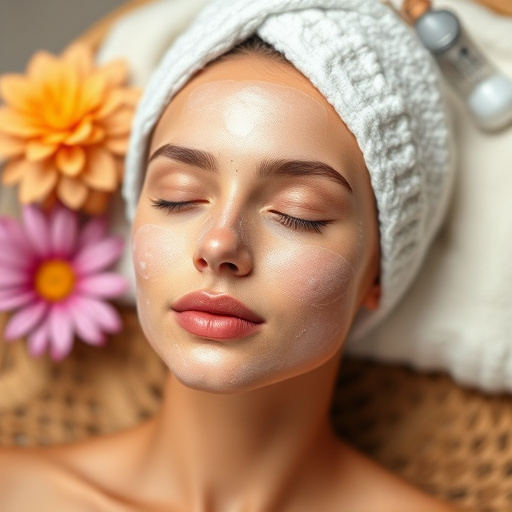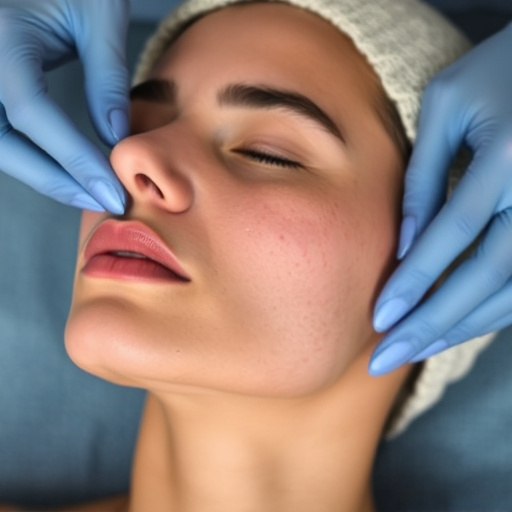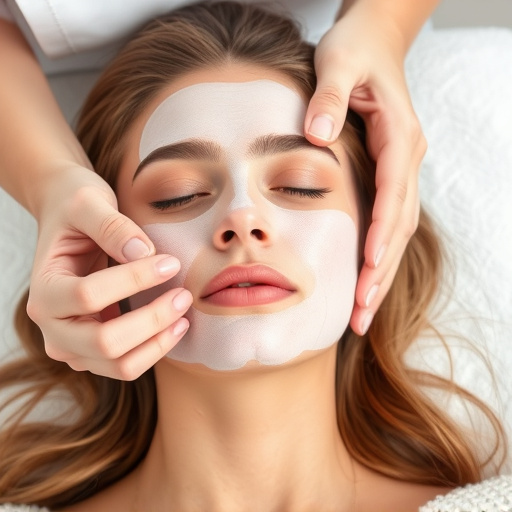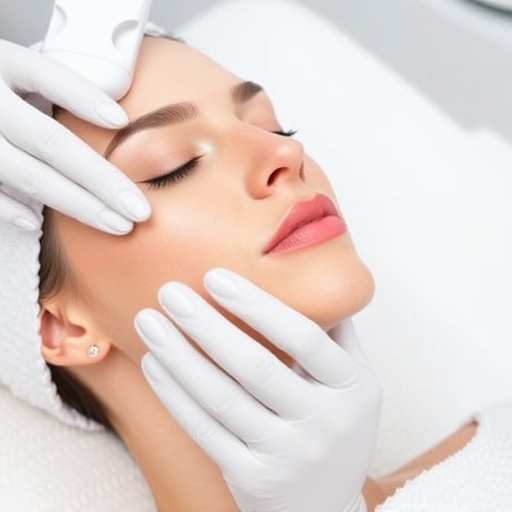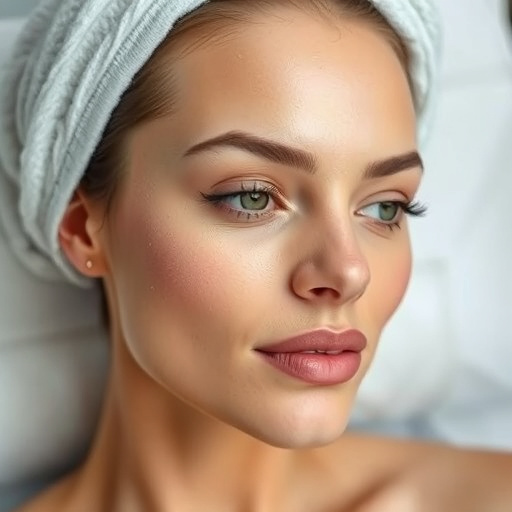Wrinkles result from aging, UV radiation, smoking, poor diet, and genetics, causing collagen and elastin degradation. Skincare treatments like microneedling, skin brightening, laser hair removal, retinoids, lasers, fillers, and muscle relaxers address these issues. Individualized treatments guided by dermatologist consultation achieve optimal results. Emerging technologies, including advanced lasers, chemical peels, and innovative skincare products, promise even more effective future wrinkle reduction solutions.
“Unravel the complex science behind wrinkle formation and discover innovative solutions for achieving youthful skin. This comprehensive guide explores the intricate relationship between aging and environmental factors, revealing how they contribute to wrinkles. We delve into effective skincare treatments, from topicals to cutting-edge procedures, offering a range of wrinkle reduction options. Additionally, we peek into emerging technologies shaping the future of anti-aging care. Embrace a deeper understanding of wrinkle science and discover tailored strategies for maintaining radiant skin.”
- Understanding Wrinkle Formation: The Role of Aging and Environmental Factors
- Unlocking the Secrets of Skincare: Effective Treatments for Wrinkle Reduction
- Emerging Technologies and Future Prospects in Combating Signs of Aging
Understanding Wrinkle Formation: The Role of Aging and Environmental Factors
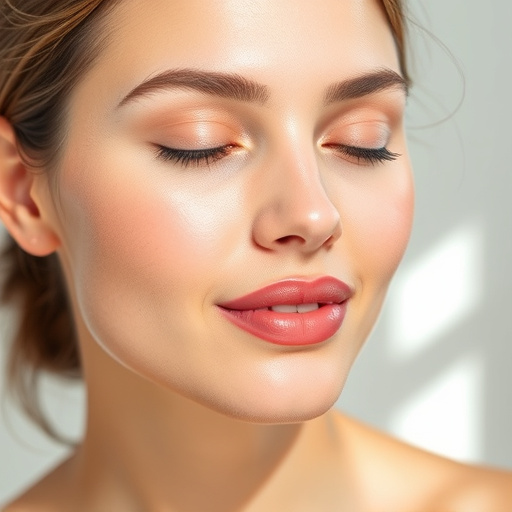
The formation of wrinkles is a complex process influenced by multiple factors, with aging being the primary driver. As we age, our skin undergoes natural changes; collagen and elastin fibers, responsible for skin’s firmness and elasticity, degrade and produce less over time. This loss of structural support leads to the appearance of fine lines and wrinkles. Environmental factors play a significant role in accelerating this process. Exposure to ultraviolet (UV) radiation from the sun can cause damage to skin cells and accelerate collagen breakdown, resulting in premature aging. Additionally, factors like smoking, excessive alcohol consumption, and poor diet can contribute to wrinkles by damaging skin cells and impairing collagen production.
Understanding these underlying mechanisms is crucial when considering wrinkle reduction treatments. Various non-invasive procedures have emerged as popular options, such as microneedling therapy, which stimulates collagen production by creating tiny perforations in the skin. Skin brightening treatments targeting hyperpigmentation can also improve overall skin texture and appearance. Laser hair removal, while primarily focused on reducing hair growth, can incidentally minimize the visibility of wrinkles by smoothing out the skin’s surface.
Unlocking the Secrets of Skincare: Effective Treatments for Wrinkle Reduction

Unlocking the Secrets of Skincare: Effective Treatments for Wrinkle Reduction
In the quest for achieving and maintaining youthful skin, understanding the science behind wrinkles is paramount. Wrinkles form due to a complex interplay of factors including aging, sun exposure, lifestyle choices, and genetics. As collagen and elastin fibers degenerate over time, the skin loses its elasticity, leading to the formation of fine lines and folds. However, advancements in dermatology have unveiled potent wrinkle reduction treatments that can counteract these effects.
One of the most sought-after methods is topical application of retinoids, derivatives of vitamin A that stimulate collagen production and cell turnover. Beyond this, innovative technologies like laser hair removal and pore refinement procedures offer targeted solutions for skin rejuvenation. Laser therapy, in particular, has proven effective in breaking down dull, damaged skin cells while promoting the growth of newer, healthier ones. For severe cases, more invasive procedures such as facial fillers and muscle relaxing injections can provide dramatic wrinkle reduction, though they require professional administration and carry associated risks. Choosing the right treatment depends on individual skin health needs and tolerance levels, emphasizing the importance of consulting with a dermatologist for personalized guidance.
Emerging Technologies and Future Prospects in Combating Signs of Aging
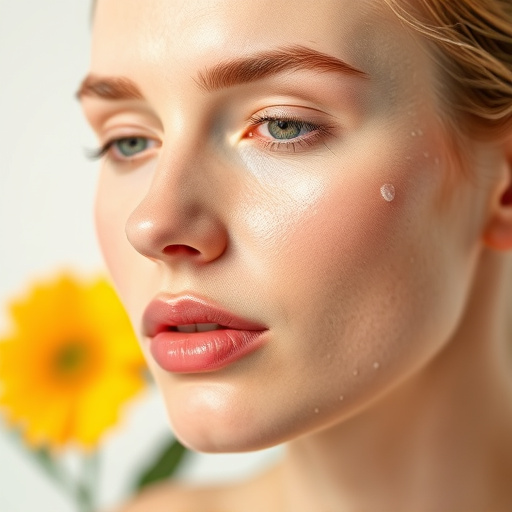
The future of wrinkle reduction treatment looks promising with emerging technologies that offer innovative approaches to combating signs of aging. One such advancement is the use of advanced laser systems, which can now target specific skin layers with precision, stimulating collagen production and improving skin texture. This technology has evolved significantly, providing safer and more effective procedures for skin rejuvenation.
Additionally, chemical peels have seen a resurgence in popularity, leveraging precise concentrations of acids to exfoliate and rejuvenate the skin. Modern peels offer targeted treatments for various skin concerns, including age spots and fine lines. Moreover, advancements in skincare products are combining active ingredients with delivery systems that enhance their efficacy. These innovative formulations aim to penetrate deeper into the skin, providing comprehensive solutions for a brighter and more youthful complexion.
The science behind wrinkle formation offers a comprehensive understanding of both natural aging processes and environmental influences. By addressing these factors, individuals can access a range of effective wrinkle reduction treatments. From traditional skincare routines to emerging technologies like cosmetic injections and advanced laser therapies, modern solutions provide promising avenues for combating the signs of aging. As research continues to evolve, future prospects hold even greater potential for maintaining youthful skin. Remember that, while wrinkles are a natural part of aging, proactive measures and innovative treatments can help individuals achieve smoother, more radiant complexions.
